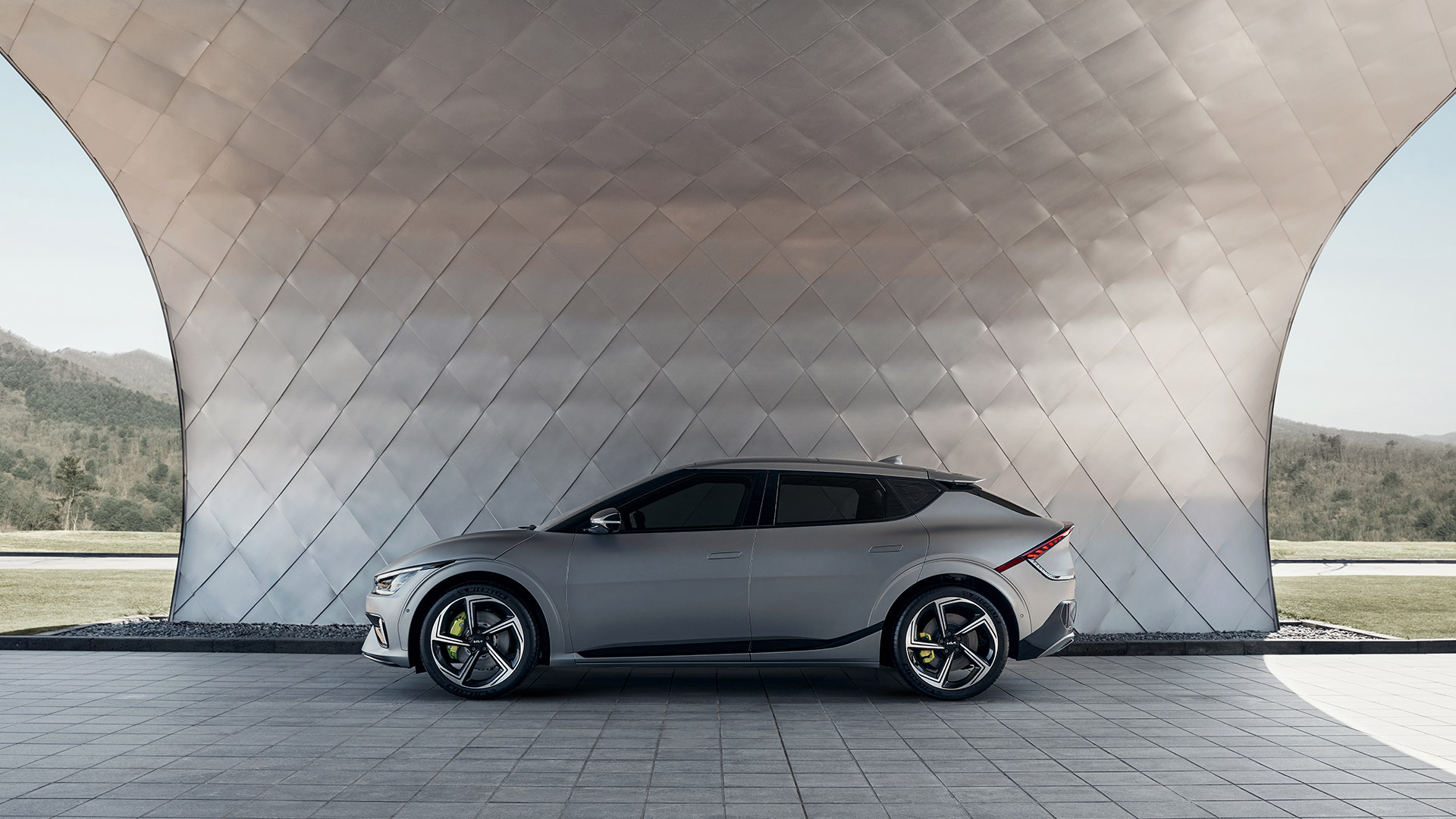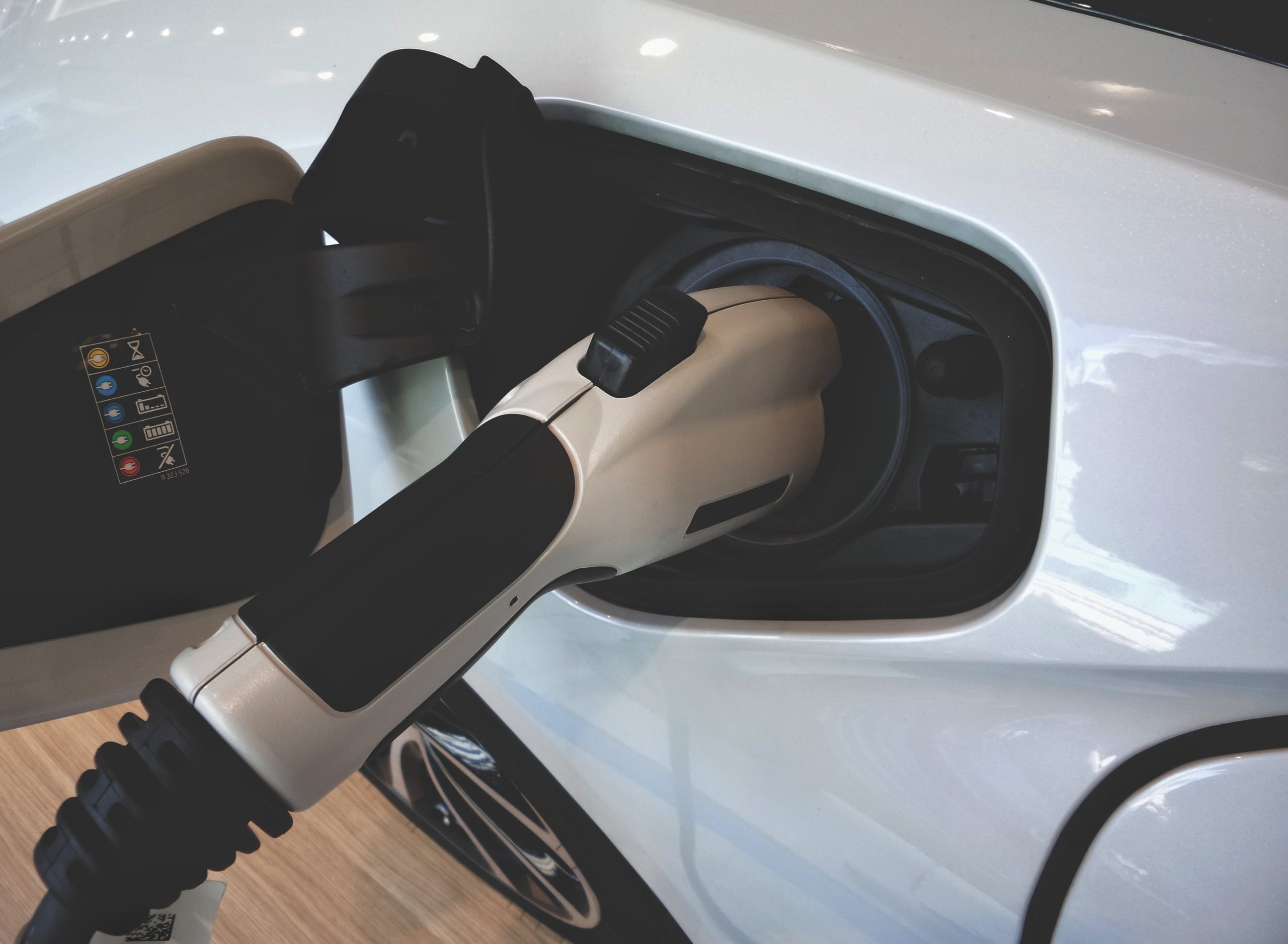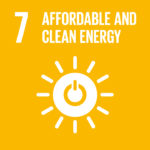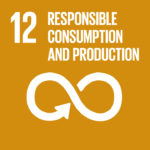Research is ongoing
“The race for the ideal battery pack is still being run”

Due to an increase in the number of electric cars on the roads, coupled with the disadvantages associated with most of the battery packs that are used in them, ongoing efforts to develop promising new battery technologies have been intensified. Among others, the solid-state battery is showing great potential.
Professor Marnix Wagemaker, who leads the Storage of Electrochemical Energy (SEE) section at TU Delft, says there are several battery technologies showing promise, but their advantages are often outweighed by their disadvantages. “While a battery technology might be a winner in one area, it loses out in another. It’s a constant trade-off between energy density, power, lifespan, materials and costs. “Generally speaking, battery scientists have three dials they can tweak in their quest for the ideal battery. “With a battery you can adjust the anode, the cathode or the electrolyte. A legion of outcome combinations are possible and it’s very difficult to predict which combination will win.”
How does a battery work?
Most electric cars nowadays are equipped with a lithium-ion battery, which has a plus side and a minus side. The plus, also called the cathode, is usually made of a lithium metal oxide, such as lithium cobalt oxide. The minus, or negative, side is the anode and this is usually made of graphite. Lithium ions move back and forth between the anode and cathode in the electrolyte. When the battery is in use, or discharging, the ions move from minus to plus, and vice versa when the battery is being charged. But something else also happens while the ions move back and forth. The electrons that belong to the lithium ions do not accompany the ions as they move through the electrolyte, they take a shortcut outside, through the device attached to the battery. The battery generates electricity by channelling these electrons through this shortcut.

High energy density and long life
Not every battery technology is suitable for driving electric cars. For example, it must have a high-energy density, which determines the weight of the battery and the vehicle’s range. It must also have a long service life, with many charging cycles. At the moment, the lithium-ion battery best fits this bill: it can be charged and discharged with little loss of capacity, and the range is sufficient for most consumers. On the downside, the battery is quite cumbersome and heavy.
“After approximately 25 years of development, the current types of electrodes in a lithium-ion battery are reaching their maximum in terms of energy density,” says Wagemaker. About 300 watt-hours per kilo seems to be the maximum that’s possible. What’s more, many high-value materials are needed for the production of lithium-ion batteries; such as cobalt, for example, which is quickly becoming scarcer. “To establish a sustainable cycle, the challenge posed by our increased use of batteries is to recover as many raw materials as possible from end-of-life batteries.”
To establish a sustainable cycle, the challenge posed by our increased use of batteries is to recover as many raw materials as possible from end-of-life batteries
Marnix Wagemaker, TU Delft
The solid-state battery
Some of the drawbacks with the current lithium-ion battery, which uses liquid or gel solutions as the electrolyte, are neutralised with the solid-state battery. Also, the risk of fire decreases sharply and energy density increases. In theory, it would even be possible to fully charge an electric vehicle equipped with a solid-state battery in about 10 minutes. This battery (which would replace the existing battery pack) can extend the range of a compact electric vehicle, without compromising on legroom. And all this with negligible safety concerns. Car marques, such as Volkswagen, Hyundai, BMW and Toyota, have been working on the solid-state battery for quite a while now. Volkswagen, for example, has acquired manufacturer QuantumScape and Toyota is collaborating with Panasonic. The main problem with this type of battery lies in the instability of the solid-state electrolytes and the transport of Li-ions. Last year Wagemaker’s research group discovered which chemical reactions make solid-state batteries unstable. Its instability rules out an optimum lifespan for the solid-state battery at the moment, but recent insights have given researchers hope that they will eventually succeed.

The lithium-sulphur battery
Another energy source that is being researched intensively is the lithium-sulphur battery, in which the lithium cobalt oxide is replaced by lithium sulphur. Its advantages are high energy density (particularly the energy per unit volume, per litre for example), wide availability and low price.
“It comes with a disadvantage, however,” cautions Wagemaker. “Because the lithium in the battery is stored in sulphur, the electrode dissolves in the electrolyte and this significantly limits the number of possible charging cycles.” But researchers are exploring a variety of ways to find a solution to this, he continues. “The theory it quite feasible, but it’s proving a lot more difficult in practice. But if these problems are finally overcome, the lithium sulphur battery will be very inexpensive in terms of the materials that are needed.”
Wagemaker himself is working on one possible solution, namely the replacement of a liquid electrolyte with a solid one, made with sulphur. In practice, the lithium-sulphur battery can store over 500 watt-hours per kilo of energy and it is twice as light as its lithium-ion counterpart. Moreover, sulphur is a by-product of the fossil-fuel refining process, so scarcity is not an issue. The ALISE European alliance is one of the parties involved in the development of the lithium-sulphur battery.
Mg-ion, Na-ion and F-ion instead of Li-ion
Another option is to choose an alternative charge carrier, such as Mg-ion (magnesium) instead of Li-ion. “It works in much the same way as the Li-ion battery and the electrode materials are often also comparable,” says Wagemaker. “The disadvantage is that Mg ions are generally more difficult to move through the electrodes and the electrolyte. The electrolytes are also very expensive. An important advantage is that Mg metal is more workable than Li metal. If we can develop the right electrodes and electrolytes, higher energy densities will be possible. The advantage is that the Mg ion attracts not one, but two electrons simultaneously.”
While Wagemaker sees great promise in Mg-ion battery technology, he is quick to point out that it is still in the research phase. There are also more battery options than Li-ion and Mg ion, he assures. For example, in terms of the trade-off between performance and cost, Na-ion (sodium) and F-ion (fluoride) offer some interesting possibilities for the future. Particularly, if energy density does not have to be very high. “There is certainly a lot going on, and no shortage of options. But the race for the ideal battery pack is still being run,” he concludes.
Sustainable Development Goals
For the fourth year, ARN has measured itself against the benchmarks of the Sustainable Development Goals (SDGs) in the context of being “lean and green”. The SDGs depicted here apply specifically to the content of this page.






